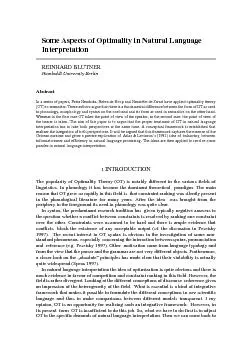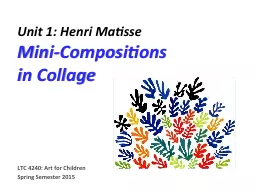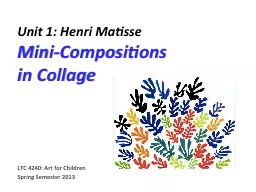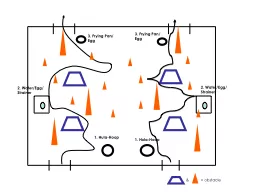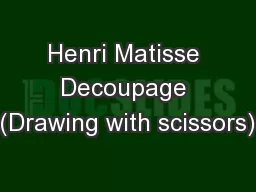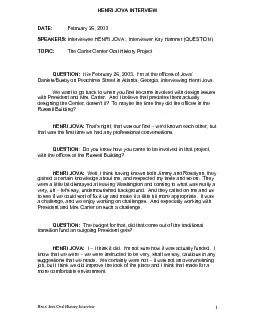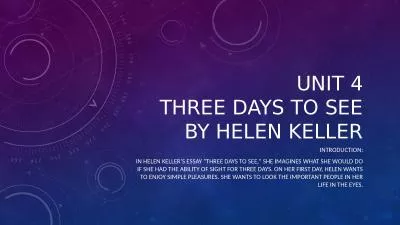PDF-In a series of papers, Petra Hendriks, Helen de Hoop and Henri
Author : tawny-fly | Published Date : 2015-09-15
the task of integrating different aspects and different views of natural languageIn OT it is usual to assume three formal components the a system of ranked straints
Presentation Embed Code
Download Presentation
Download Presentation The PPT/PDF document "In a series of papers, Petra Hendriks, H..." is the property of its rightful owner. Permission is granted to download and print the materials on this website for personal, non-commercial use only, and to display it on your personal computer provided you do not modify the materials and that you retain all copyright notices contained in the materials. By downloading content from our website, you accept the terms of this agreement.
In a series of papers, Petra Hendriks, Helen de Hoop and Henri: Transcript
Download Rules Of Document
"In a series of papers, Petra Hendriks, Helen de Hoop and Henri"The content belongs to its owner. You may download and print it for personal use, without modification, and keep all copyright notices. By downloading, you agree to these terms.
Related Documents

